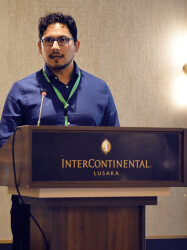BibTex format
@article{Smit:2020:cid/ciz1103,
author = {Smit, M and Perez-Guzman, PN and Mutai, KK and Cassidy, R and Kibachio, J and Kilonzo, N and Hallett, TB},
doi = {cid/ciz1103},
journal = {Clin Infect Dis},
pages = {1864--1873},
title = {Mapping the Current and Future Noncommunicable Disease Burden in Kenya by Human Immunodeficiency Virus Status: A Modeling Study.},
url = {http://dx.doi.org/10.1093/cid/ciz1103},
volume = {71},
year = {2020}
}

